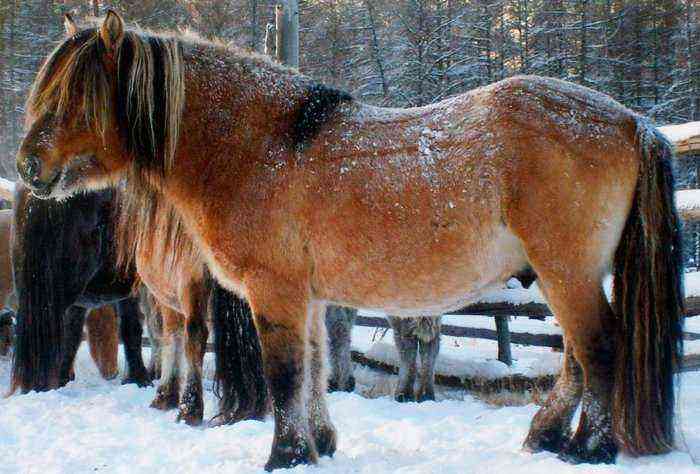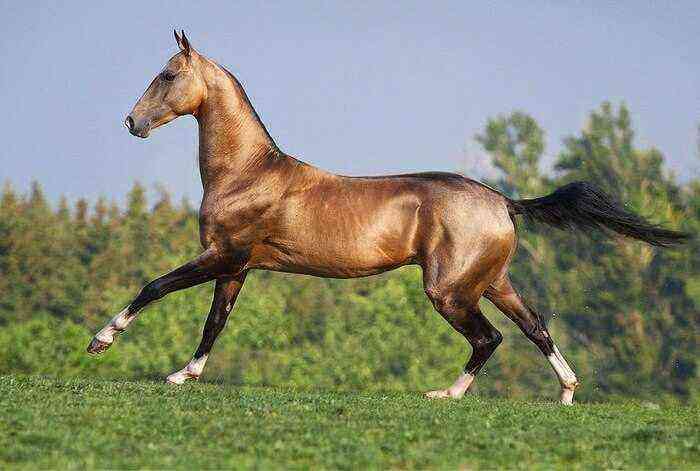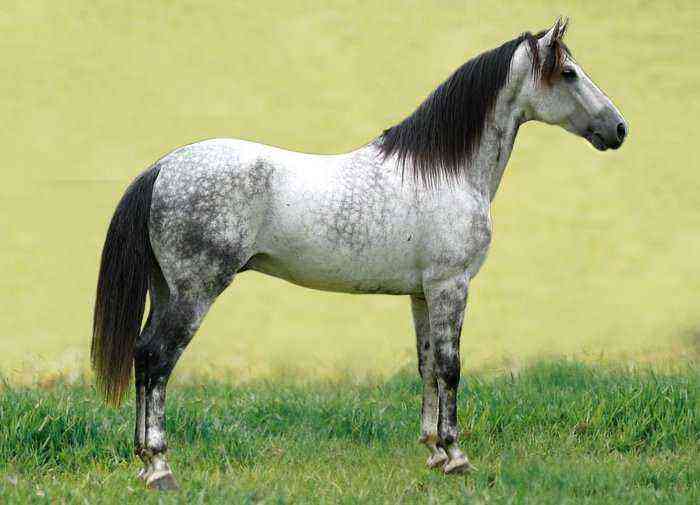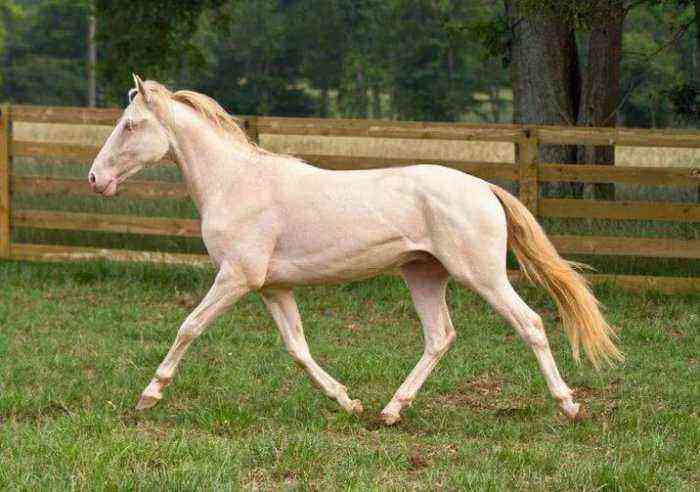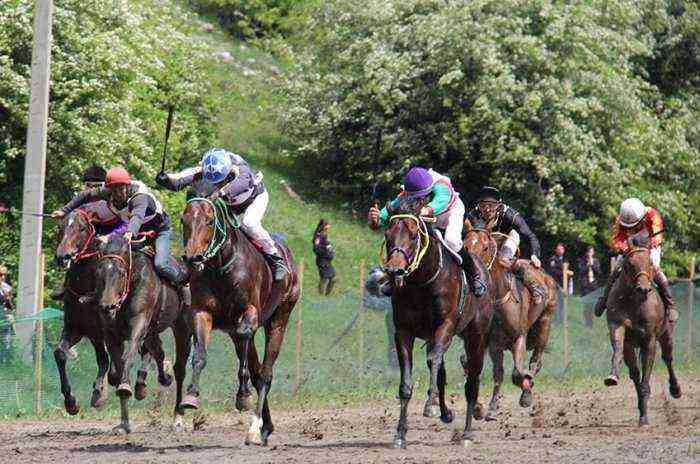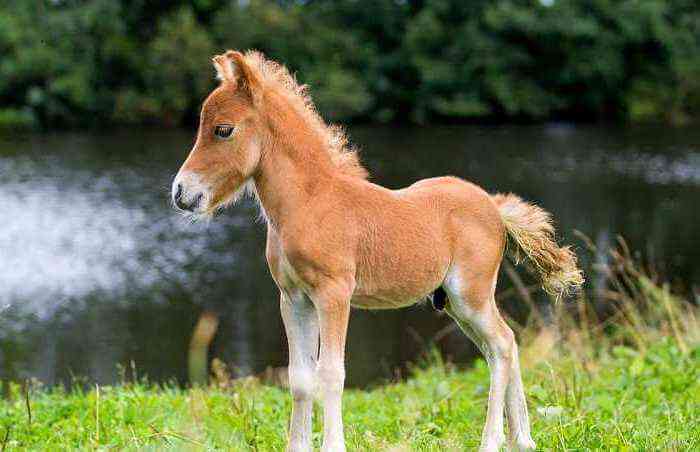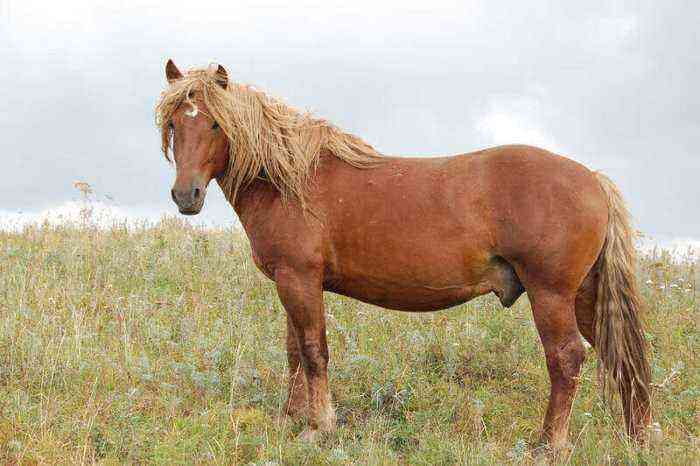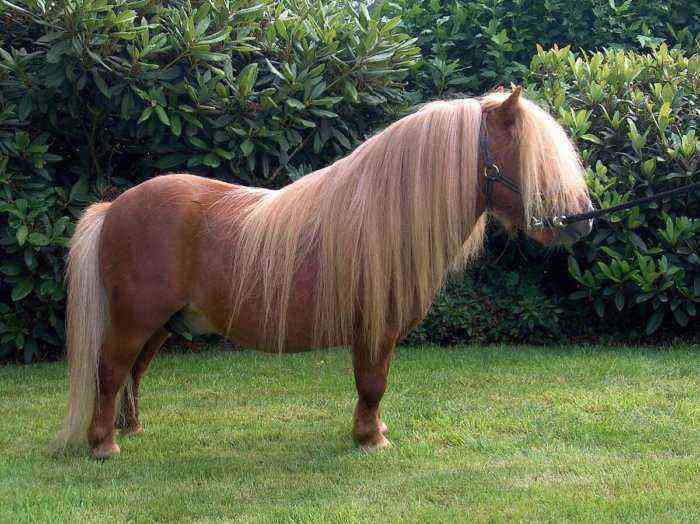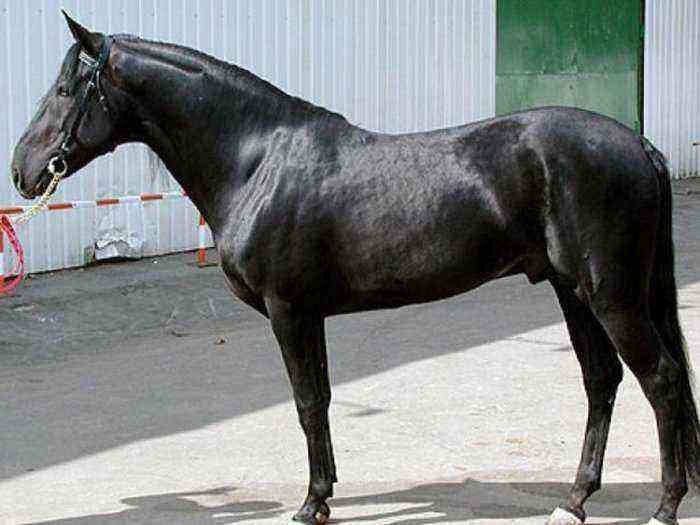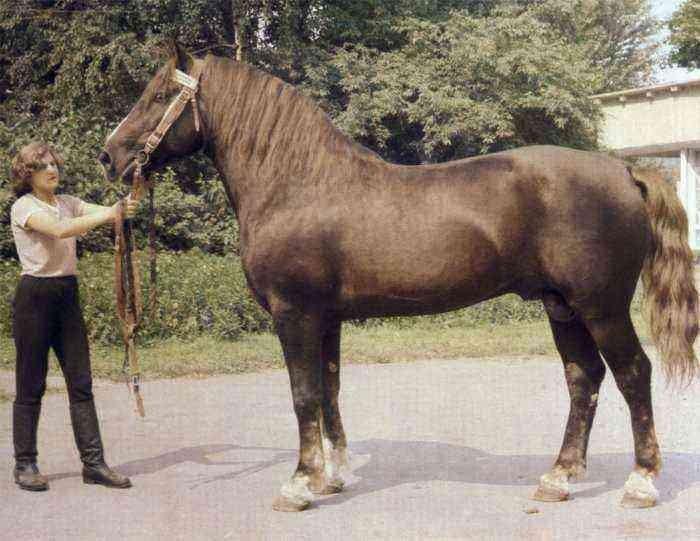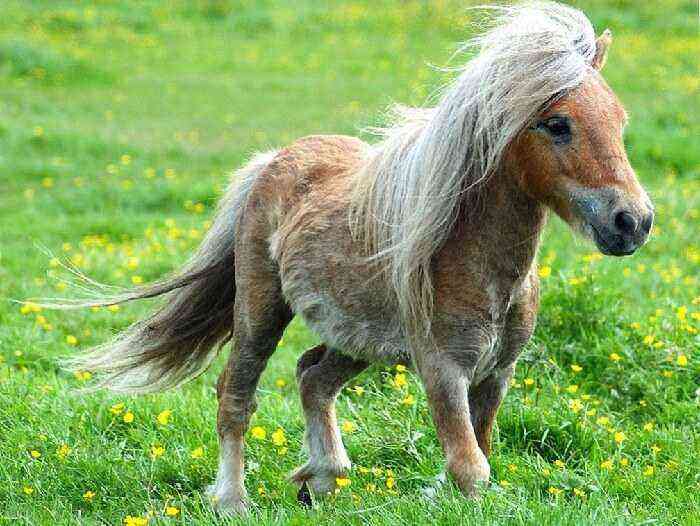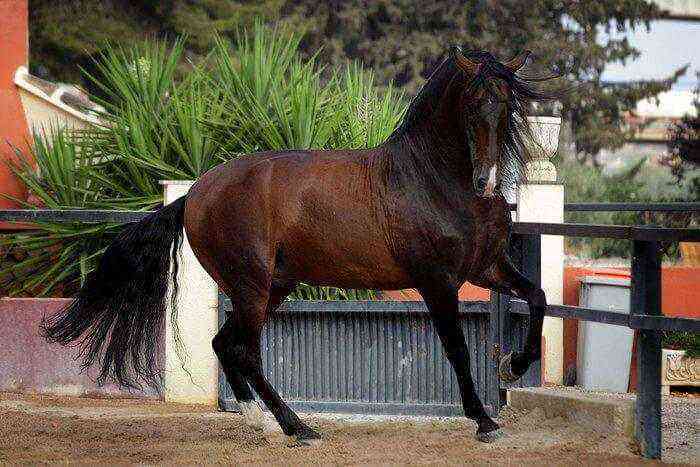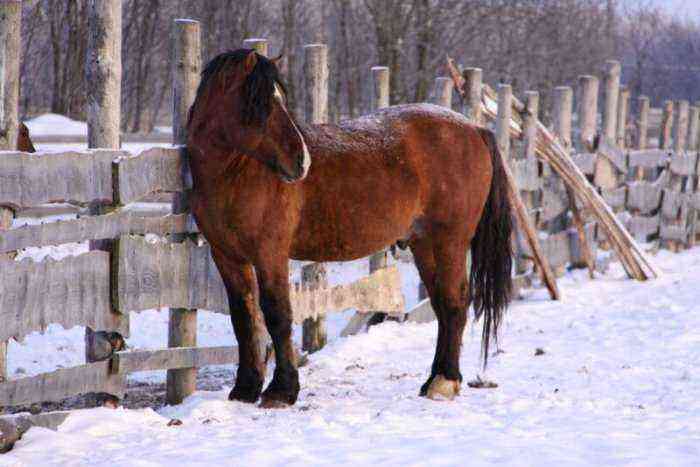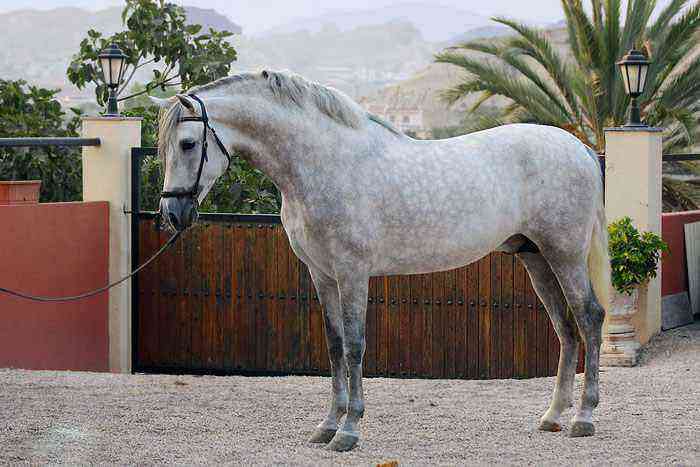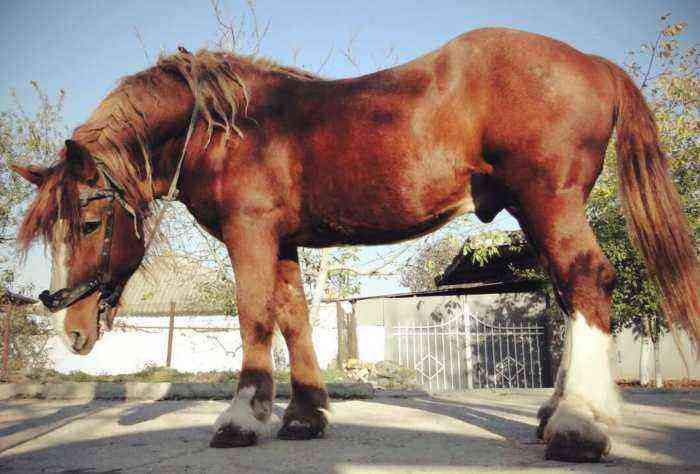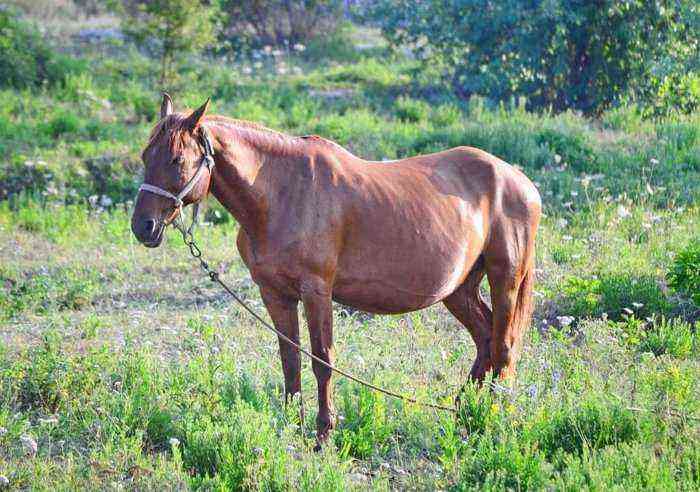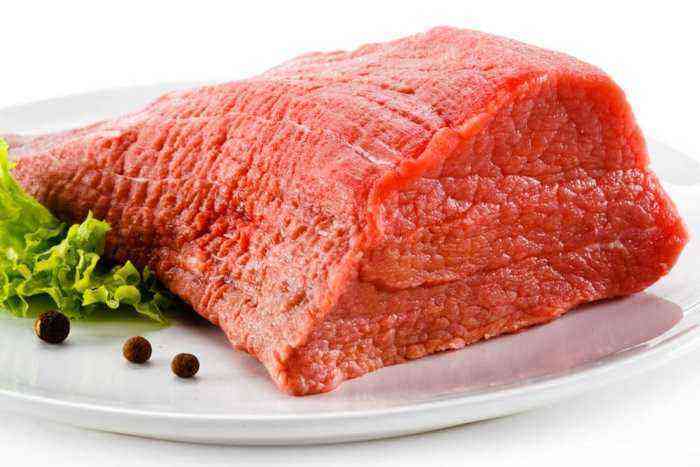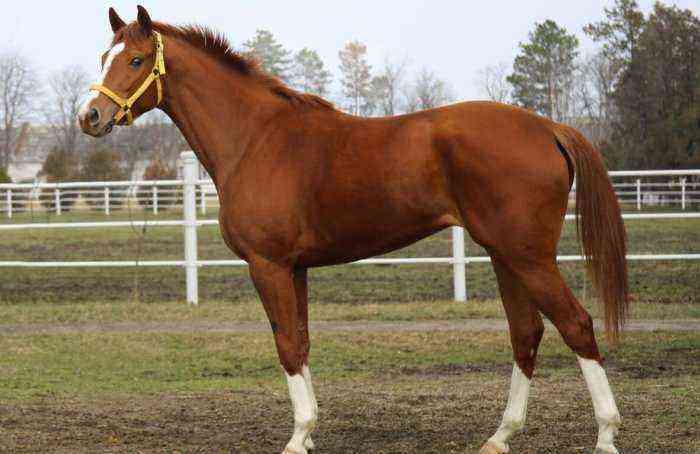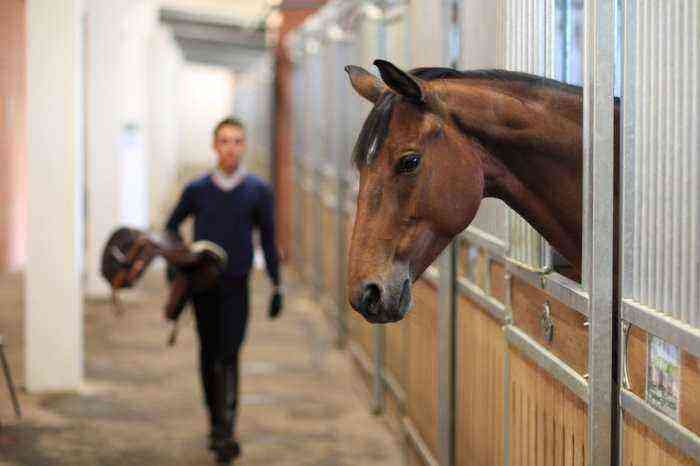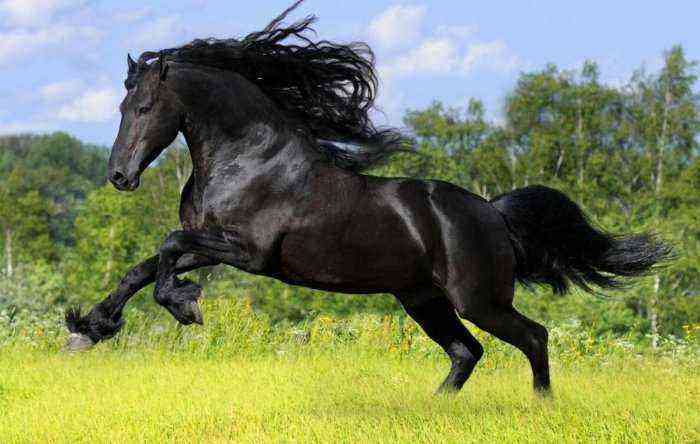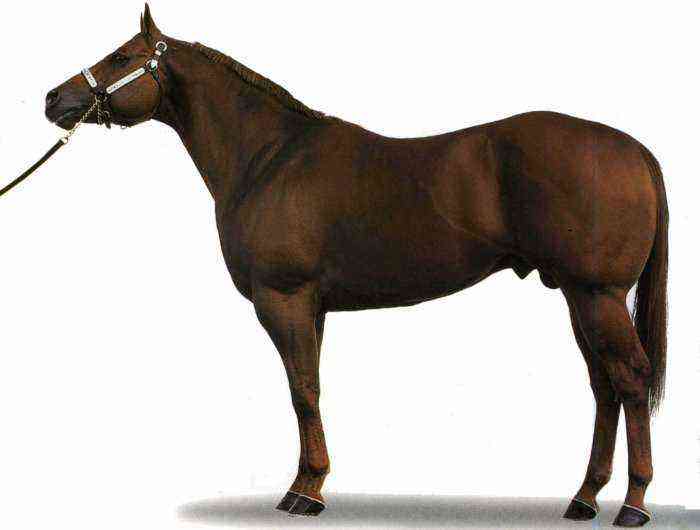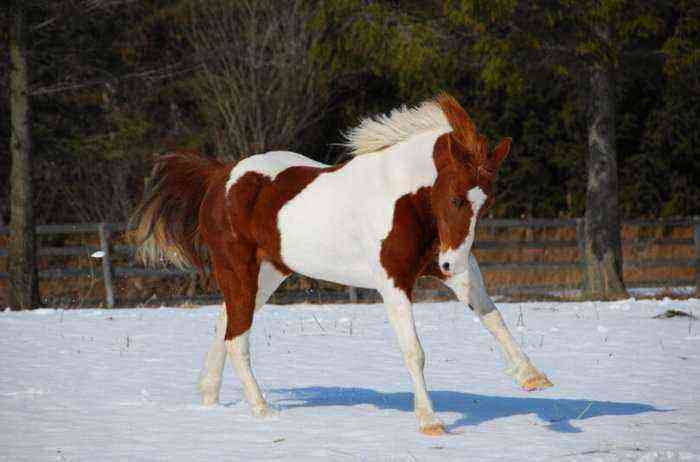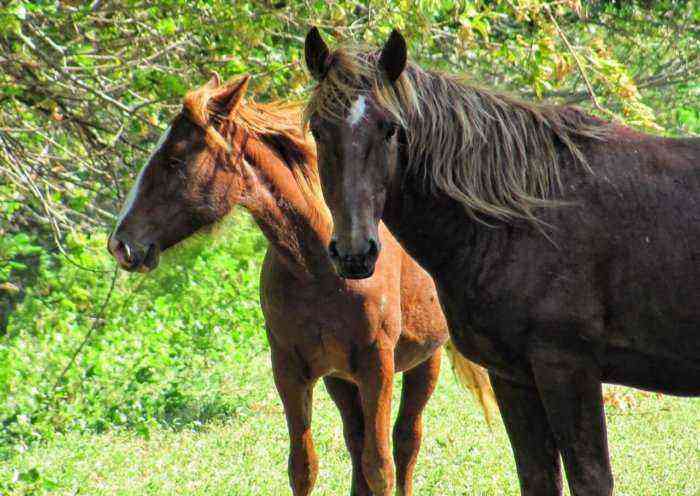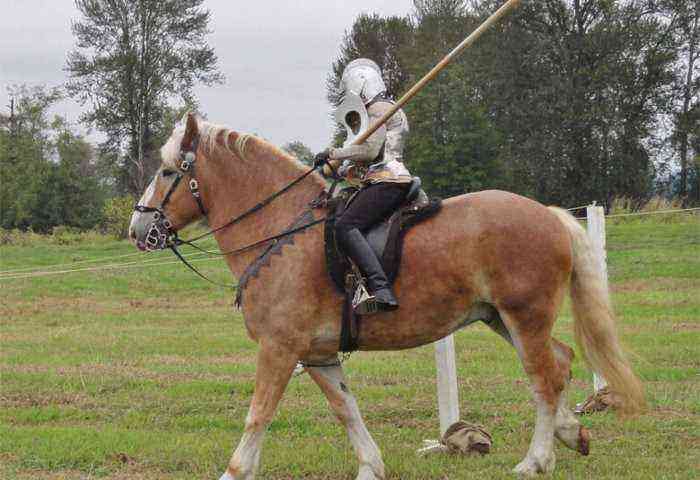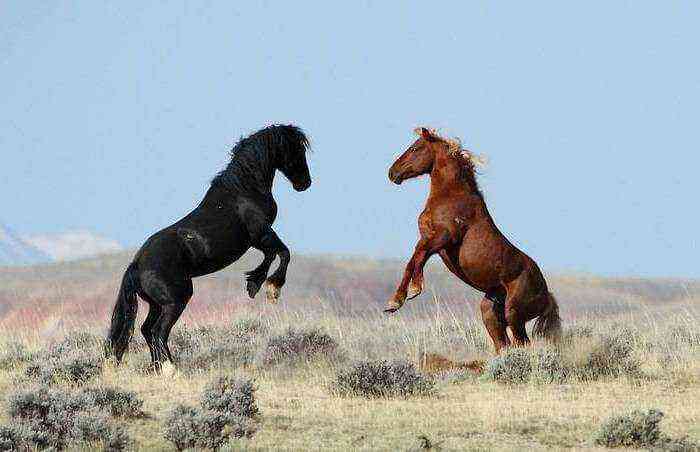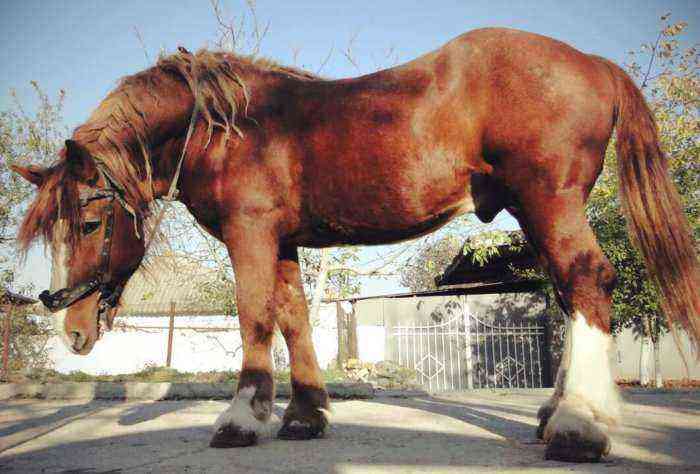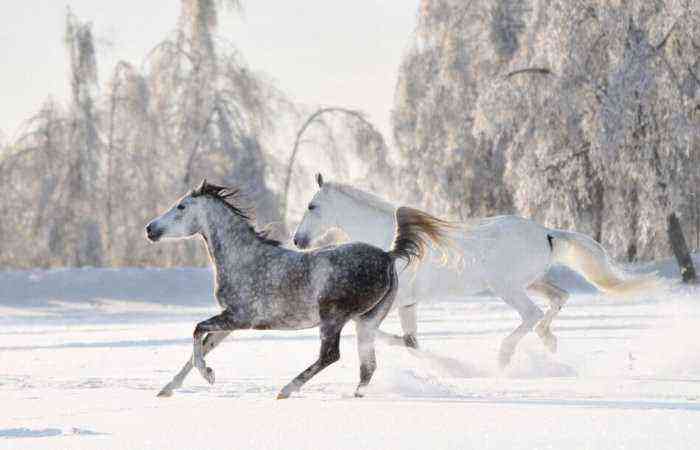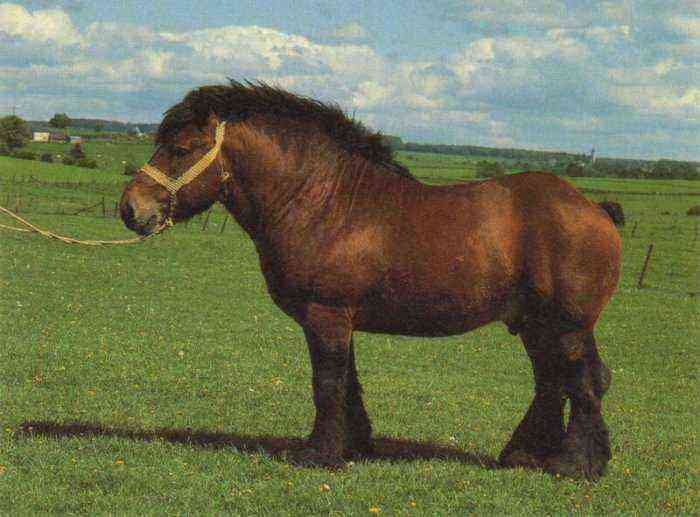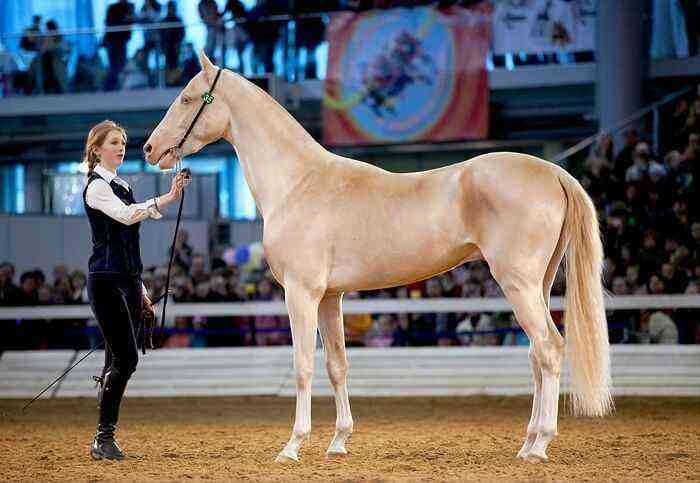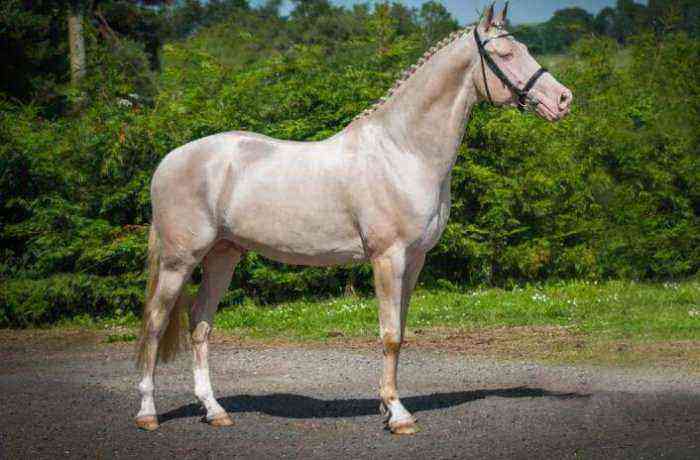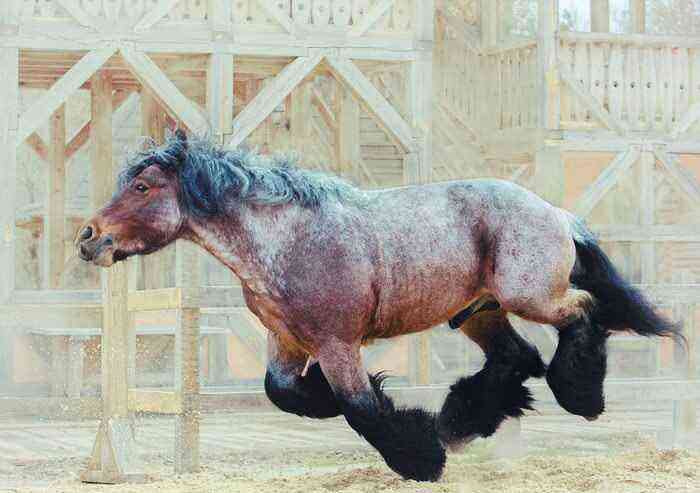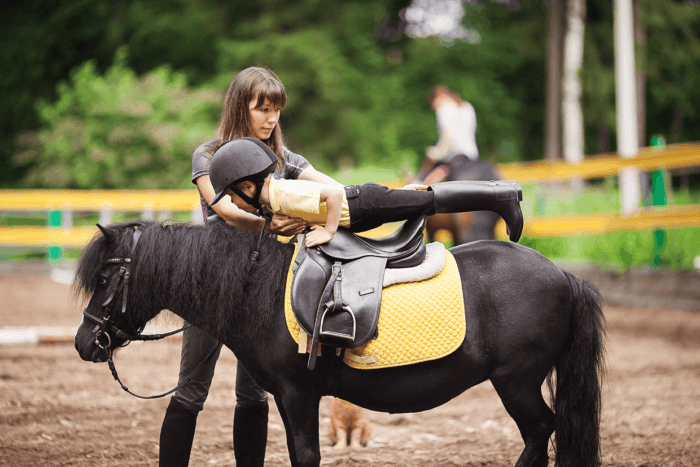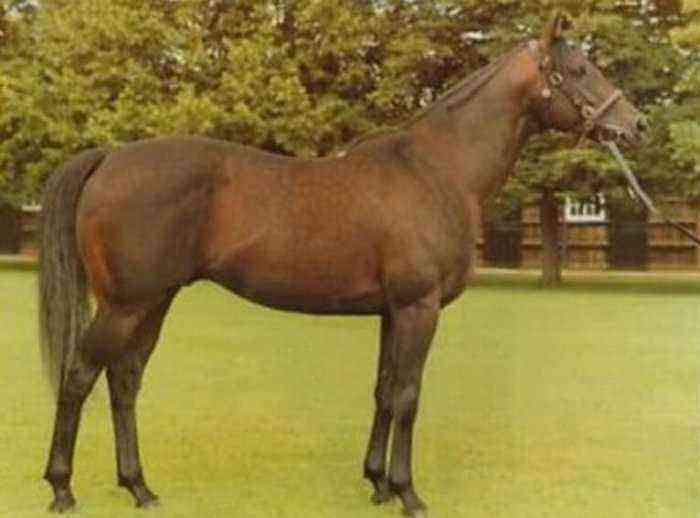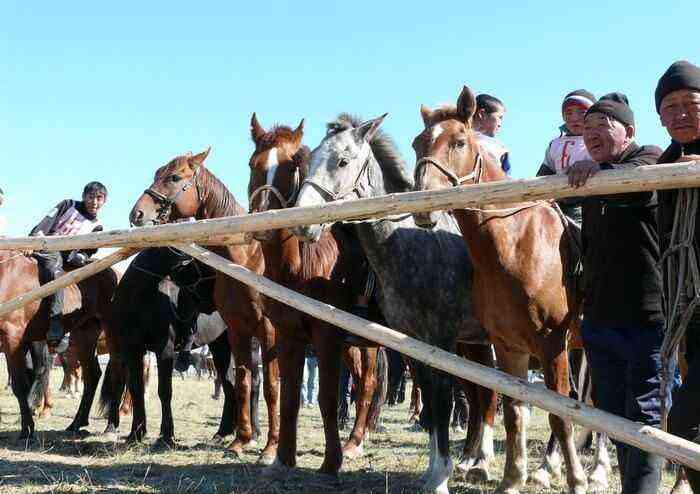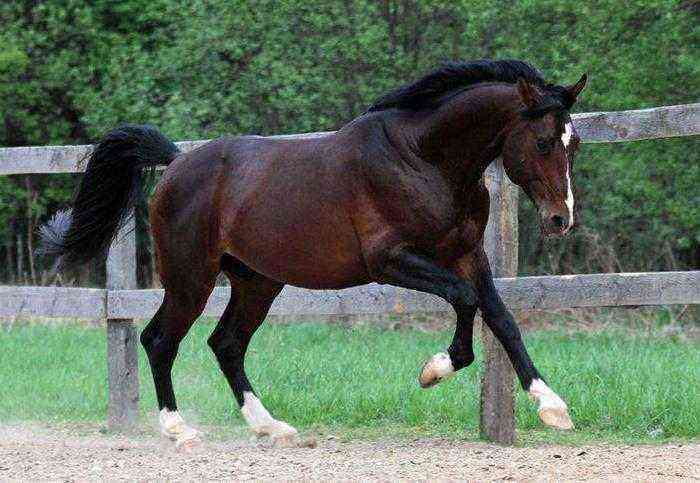The Westphalian horse breed comes from the eastern part of Germany. By their constitution, these horses are similar to the Hanoverian, but slightly inferior to them in size. Today, representatives of this breed line are successfully used in sports. Horses from Westphalia have come a long and difficult path of development, but eventually won many admirers around the world.
Westphalian horse
History of origin
In the 15th century, wild horses lived in the Westphalian forests. They were distinguished by short stature, strong physique and endurance. They were well adapted to the local climate and were unpretentious, for which they were appreciated by the locals. Later, the horses crossed with horses of Spanish and Dutch origin, which led to an almost complete loss of their own characteristics.
When Westphalia became part of Prussia in 1815, the army needed strong and hardy horses. Local undersized and rough mares turned out to be unsuitable for crossing with stallions of noble blood. These animals were also not suitable for field work. The offspring obtained from the Westphalian mares were weak with a light body constitution.
The villagers tried to use stallions from Westphalia for breeding, crossing them with noble mares, but their descendants did not meet the requirements either. Of the total population, it was possible to select only about 8% of horses suitable for personal use, breeding and selling, but even they were offered little money. Then the authorities decided to stop the state provision of stables.
By the end of the 18th and beginning of the 19th century, agriculture was actively developing. The need for strong and strong horses increased. At the state stable, horses of the East Frisian, Hanoverian and Oldenburg breeds were used for breeding, which were crossed with heavy trucks delivered from France, England and Belgium. As a result of unsystematic breeding, carried out for 30 years, several diverse groups of horses were formed, which were used for work.
A new stage in the development of the Westphalian breed
1888 was a turning point for the Westphalian horse, when the first union of regional horse breeders was founded. From that moment on, selection work was carried out according to a certain system. The breeders purchased several stallions of the Oldenburg breed to cross with local mares. The resulting offspring for breeding were selected very scrupulously. A few years later, there were about 20 such horse farms in Westphalia.
The selection was carried out in two directions – half-blood and heavy. At the beginning of the 20th century, French, Anglo-Norman, Hanoverian stallions and representatives of trotting breeds took part in the breeding of Westphalian horses. Local horses have changed a lot – they have become larger, taller, faster and more noble.
Westphalian breed
Soon the Second World War broke out. During her years, most of the breeding material was lost. In 1946, they audited and registered the remaining animals. In order to increase the number of livestock, after the war, breeding work was carried out on the basis of Hanoverian stallions.
How did the modern Westphalian sport horse come about?
In the 50s and 60s of the 20th century, the Germans focused their attention on the development of sports horses. By this time, the popularity of working horses began to decline, as the labor of animals on the field was replaced by cars, but interest in equestrian competitions increased. Breeding work was carried out at the famous Fornholz stud farm.
Attention! The main lines of sports horses originate from stallions: Papayer, Pluchino, Ramses. Each of these horses left behind descendants with excellent racing qualities. Among them were the winners of the show jumping and dressage championships.
Breed description
By body type, modern representatives of the Westphalian breed are similar to Hanoverian horses. They are graceful, beautiful, smart and complaisant. These horses are characterized by beautiful movements with high performance. Good performance and perseverance help them achieve success in equestrian sports.
Exterior Features
The average height of representatives of the breed line is 1,67 m, and the weight of stallions ranges from 500-550 kg. External characteristics of the Westphalian horse:
- medium-sized neat head with long strict auricles;
- medium length massive neck;
- deep developed chest;
- long oblique shoulder blades;
- muscular body with slightly lowered croup;
- dry strong legs are quite long with the correct setting and massive hooves.
Reference. The breed is characterized by coat colors: red, bay, gray, black (the latter are less common).
Character
Westphalian horses have established themselves as obedient and good-tempered animals. Owners of horses note that they are characterized by endurance and good performance. The horses inherited these qualities from wild ancestors who grazed in the valleys of Westphalia.
Westphalian breed
Animals give themselves completely to training, give all the best, thanks to which they deserve high awards at competitions. Westphalians are kind, intelligent, loyal horses.
Sports achivments
The Westphalian has come a long way in development, but now they are considered one of the best horses in equestrianism. These horses repeatedly received prizes for success in competitions and often became champions. Sports achievements of Westphalian horses:
- At the Seoul Olympics in 1988, a team of stallions from Germany became the dressage champion. It included horses – Aleric, Ganymedes, Rembrandt.
- A stallion named Bugatti Pedro won the championship in show jumping.
- The stately horse Fanbenfro won the dressage competition. It happened in Sydney at the Olympics.
There is no reason to doubt that the Westphalian breed of horses is promising and worthy of the attention of athletes. Its representatives have already managed to prove their superiority over other breeds when they won numerous awards at international competitions.


